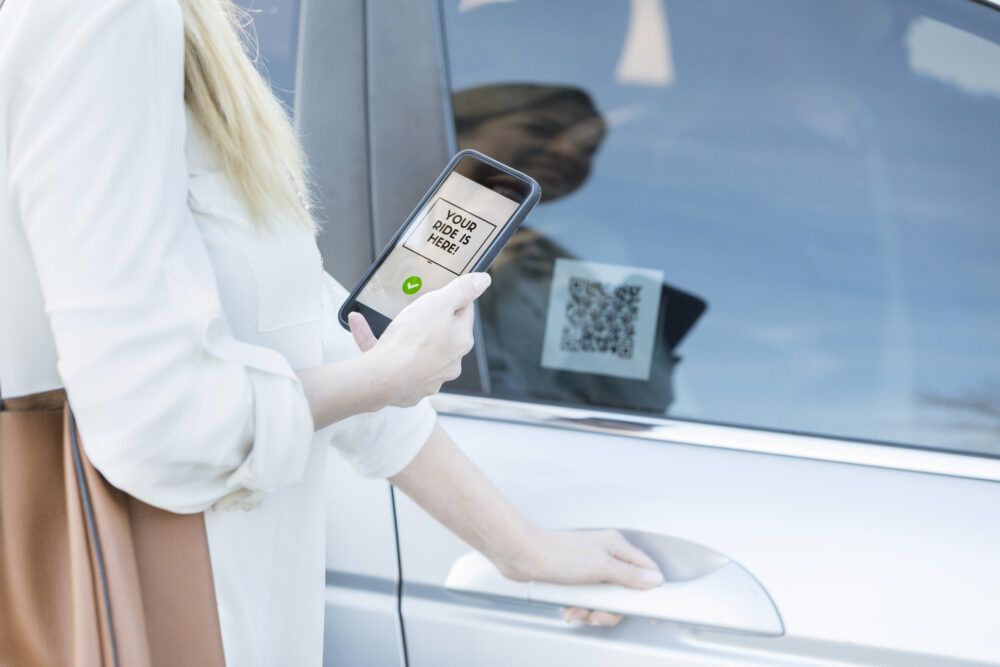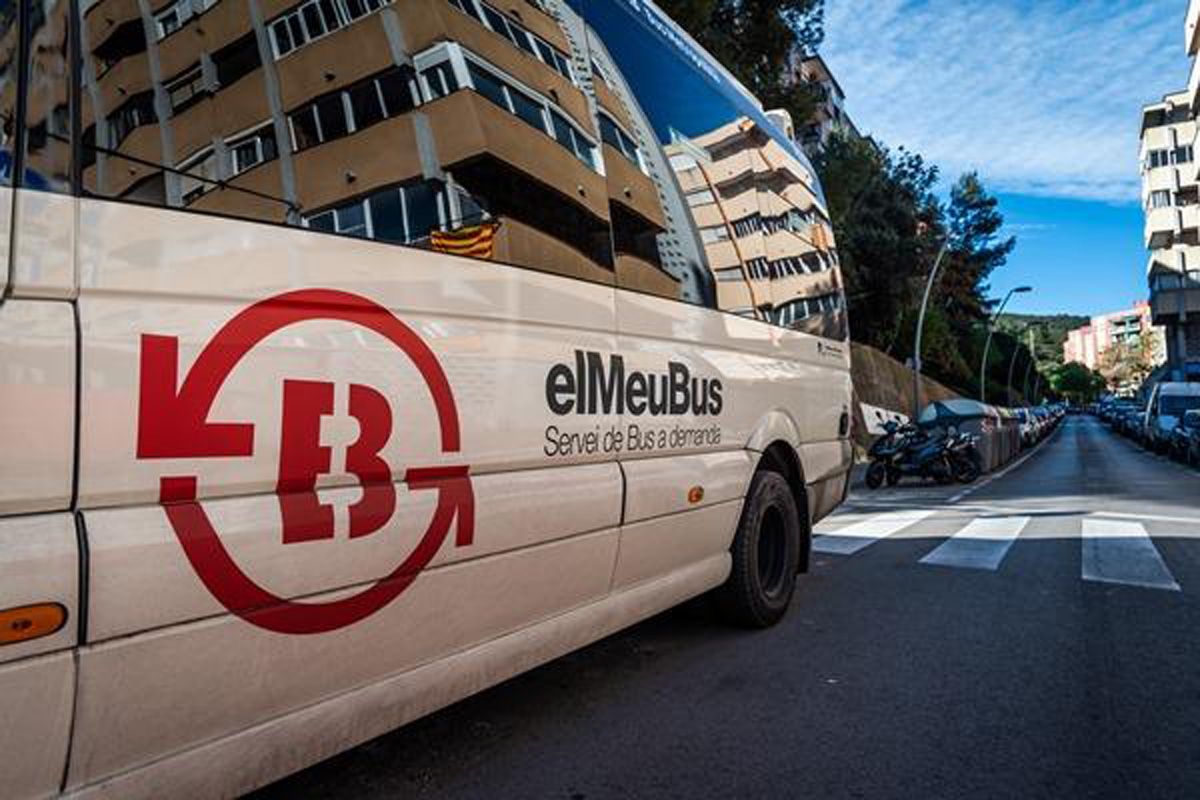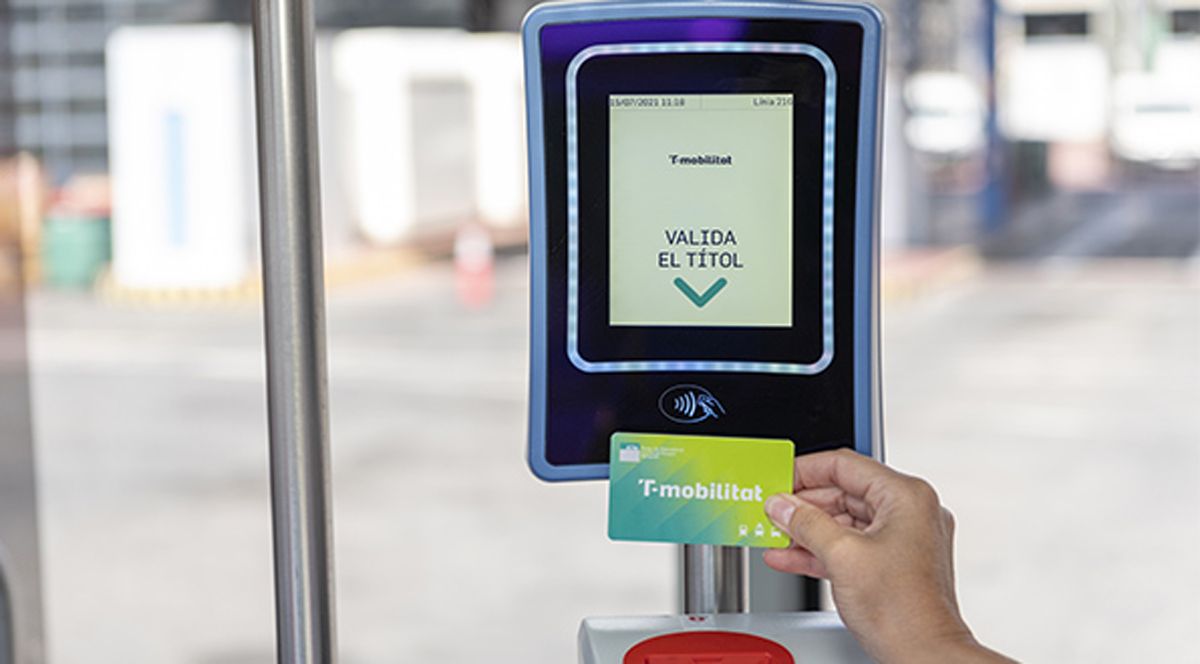 MaaS combines digitalisation and a change in user habits who prioritise vehicle use over ownership. (GettyImages)
MaaS combines digitalisation and a change in user habits who prioritise vehicle use over ownership. (GettyImages)
A “MaaSive” sustainability challenge: Mobility as a service
Mobility as a Service (MaaS) is a new transport paradigm that proposes sustainable, flexible, continuous and more economical mobility with the aim of replacing the private car. The road to its implementation is not, however, without curves.
 MaaS combines digitalisation and a change in user habits who prioritise vehicle use over ownership. (GettyImages)
MaaS combines digitalisation and a change in user habits who prioritise vehicle use over ownership. (GettyImages)
What is Mobility as a Service (MaaS)?
MaaS is the integration and access to various mobility services, public and private, through a single application that allows access to multimodal mobility on demand, with the convenience of an initial registration and a single payment.
This model represents a new architecture in mobility management where new functions, actors and interactions appear. Schematically, MaaS involves evolving from a scenario where mobility operators interact directly with users - either through physical or digital channels - to a more complex model.
MaaS combines digitalisation, which has facilitated the emergence of new mobility services, especially in urban areas, and the change in users' consumption habits that prioritise the use rather than the ownership of a vehicle.
This paradigm shift promises to solve many of the problems affecting mobility, such as reduced traffic congestion and pollutant emissions, better access to the existing offer or a more efficient use of public space.
The challenges of MaaS
"This new trend represents two important challenges, which are key to promoting a real modal shift. First, the ability to create mobility services capable of covering all user needs. On the other hand, that the information and access to those services is clear, convenient and simple", argues Joan Domingo, head of sustainable mobility projects at the RACC Mobility Club.
"Other sectors have already experienced this disruptive change, such as Booking in the hotel sector. In the private sectors, digitalisation has occurred in a natural, competitive and structured way," explains Martí Jofre, managing partner of the consultancy firm FACTUAL and coordinator of the report 'La mobilitat com a servei (MaaS) a Catalunya' ('Mobility as a service (MaaS) in Catalonia').
However, mobility is a more complex sector than the example mentioned above, since, according to Jofre, it incorporates a very important public function component and has a great social impact. It also has a local specificity, as the mobility system in Barcelona is not the same as the one in Amsterdam.
Public-private collaboration
In this sense, Jofre points out as a priority the implementation of the T-Mobilitat, the new public transport validation system, based on contactless technology, of the Autoritat del Transport Metropolità (ATM), which is currently in the testing phase. "For MaaS to make sense, public transport must be part of it. Once it does, we will be able to design a scheme that works in Catalonia and Barcelona," he says.
Flexibility is another of the keys. The on-demand bus, implemented since January in Barcelona's Horta-Guinardó district, operates under a booking system on the El meu bus mobile app, where users type the time they wish to travel and the stop where they will get on and off. The timetables are calculated on the basis of requests, thus preventing these vehicles from traveling empty. The Barcelona Metropolitan Area also has an on-demand bus service.

For those users who do not live in the city, MaaS is presented as an alternative solution to the private car, as it offers various intermodality options such as connections via taxis, shuttle buses, scooters or car sharing to train stations.
"In the end it will be a set of many measures. If the administration has all the supply and demand digitalised, it will be able to plan transport more efficiently. In the study we also propose economic incentives or discounts for users to embrace these changes," says Jofre.
This new trend will drive a real modal shift, meeting the transport needs of users and providing them with clear, simple and convenient access to these services
When will MaaS be implemented?
To advance in its implementation, the study coordinated by FACTUAL proposes the creation of a MaaS forum, a working group bringing together the main public-private agents under the leadership of the administration, which will identify the actors and obstacles to be overcome and their corresponding measures.
Legally, the European Union passed the Intelligent Transport Systems Directive 2010/40/EU, with the aim of enabling collaboration between transport operators and MaaS operators by defining the principles of standardisation and how transport data should be shared.
It is complemented by the Commission Delegated Regulation (EU) 2017/1926, which addresses the provision of multimodal travel information services across the EU, creating a framework for sharing multimodal transport service information, opening the door to the development of MaaS solutions.
The pioneer city in introducing the MaaS concept was Helsinki in 2015, with its Whim application, followed by Berlin, with Jelbi. Others are starting to move thanks to European-funded projects such as PIONEERS (Portable Innovation Open Network for Efficiency and Emissions Reduction Solutions).

A few years earlier, the European MOBiNET project (2012-2017) laid the foundations for the architecture of the MaaS system in Europe through an electronic marketplac for global mobility services, for companies (service and content providers), public administrations and end users.
MOBiNET has defined a business model and organisational structure that aims to become the building blocks for the creation of the future operational cloud-based marketplace.
First pilots to test MaaS
In the context of the PIONEERS project, the Port of Barcelona and RACC are developing solutions for a very specific group: cruise tourists who only have a few hours to explore the city on their own. However, they often do not know whether they are near or far from the city centre, so they tend to opt for highly motorised, door-to-door mobility.
"This has an impact on both air quality and accessibility to the port area. Barcelona, like other port cities, offers many more efficient and sustainable mobility options and a relative proximity of the port area and the city centre," says Joan Domingo.

In these cases, not only is a transport offer necessary to help these users move between the ferry and the city, but clear information is also needed on the available offer, the best combinations to get from one point to another, and above all, how to access this offer.
This is where the CityTrips platform, developed by the RACC, comes into play. "It is a MaaS aggregator that integrates all existing transport systems in the city and facilitates access and use. Our activity within the PIONEERS Project focuses on bringing this tool to cruise passengers arriving in Barcelona who want to move around independently," he explains.
The pilot test will run by the end of 2022. During 2023, the system will integrate the mobility services offered in the port area, together with the urban systems that are already integrated. CityTrips also provides information and access to the main tourist attractions, linking directly with the Barcelona Tourism space, to bring together the city's offer in a single tool.
"This pilot will have monitoring indicators that will allow us to analyse the potential of MaaS to contribute to freer, more active and sustainable mobility. At the same time, it will facilitate the integration of the port with the city, as well as the requirements to be met to make this change as desirable as possible for the majority of these users. This way we will be able to see to what extent the project can be scaled up in other cities," says Domingo.
Through its Mobility area, the RACC has a wealth of experience. For example, in 2020 it completed the Galileo4Mobility project, which tested the contribution of the European Galileo satellite system to improving mobility services integrated into CityTrips.
"It improved the accuracy of the signal, which facilitates the planning of routes according to the exact location of the user, the identification of available shared vehicles and their location on public roads," concludes Domingo.
The future of MaaS and possible impacts on the ports
In the case of the city of Barcelona, MaaS has a solid mobility offer that is also diversified. For example, it currently has ten and six different motorbike-sharing and bike-sharing operators, with a total of 6,958 and 3,975 units respectively.
With this offer already in place, the EMEF surveys of the ATM show that in the last four years the use of personal mobility vehicles and bicycles has doubled annually.
According to McKinsey & Company, in 2021, global mobility investments will be divided into four groups; autonomous vehicles, connected vehicles, electric vehicles and shared vehicles (MaaS). Since 2010, the latter has received 30% of investments.
According to CENIT researcher and mobility PhD student at the Port of Barcelona, Guillermo Solina, "MaaS will provide the opportunity to decarbonise the global fleet faster, accelerating the replacement of the current fleet based on fossil fuels and private property, to one that is shared and mainly electric or powered by new renewable gas fuels such as H2, bio LPG, etc.".
The impact that this new mobility paradigm may have on the Port is a possible reduction of freight traffic in the automotive sector, from finished vehicles to parts for new types of vehicles.
On the other hand, it is a market opportunity to attract new types of goods and raw materials, for the manufacture or maintenance of electric vehicle batteries or end-product goods.
"The shift from private to shared vehicle mobility could create a surplus of space in the city and in the ports. Underground and surface parking spaces could be used, for example, for other uses such as DUM logistics activities associated with e-commerce," says Guillermo Solina.






